Your annual and quarterly revenue goals have been established, and your sales process is in place—now it’s time to effectively manage and deliver the numbers your board and investors are expecting.
There’s tremendous value when the CEO and CFO trust the forecast. It clarifies the situation, enables planning, and keeps the CRO in their seat! During 2022 planning conversations with clients, I’ve been using a transformational forecasting method that provides future revenue insights and drives alignment across marketing, lead gen, and sales to produce revenue. I’ll focus on expansion revenue post-sale in an upcoming blog.
Tice’s What? So What? Now What? method (by Jonathan Tice, a colleague in Toronto) combines forecasting accuracy with what occurred since the last time you put out revenue and pipeline numbers. The method identifies specific challenge areas and the functional group best positioned to address them. I’ve seen many approaches to pipeline and forecast management, and Jonathan has come up with one of the best. Overall, the application process looks like this:
- What? – What happened? What changes have occurred over the past two weeks (the recommended cycle)?
- So What? – Why does it matter? What impact could this potentially have? Where are the challenges areas?
- Now What? – What are we going to do about it? What is our remediation plan? What business function is responsible for addressing, given the issue resolution timeframe?
Let’s look at the deeper details when applying this method, as if we were mid-quarter—say November 2021.
What? – Revenue Target, Required Pipeline, Actual Pipeline Status, Pipeline Change
The process begins with a quota or revenue target and a multiplier based on your historical win rate data. In this example, we’re using a 25% win rate; your required pipeline (deals with close dates within a quarterly time window) multiplier would be 4x. This provides a required pipeline dollar value for your pipeline to meet your revenue goals.
| Q4 2021 | Q1 2022 | Q2 2022 | Q3 2022 | |
| Quota / Revenue Target | $1,750,000 | $2,100,000 | $2,500,000 | $3,000,000 |
| X Factor | 4.0 | 4.0 | 4.0 | 4.0 |
We then look at a pipeline analysis focused on the required pipeline—what we actually have, any gaps in the numbers, and changes in the pipeline (over the last two weeks).
| Pipeline Analysis | Q4 2021 | Q1 2022 | Q2 2022 | Q3 2022 |
| Calculated Required Pipe for Target | $7,000,000 | $8,400,000 | $10,000,000 | $12,000,000 |
| Today’s Pipeline | $7,200,000 | $8,500,000 | $9,500,000 | $6,000,000 |
| Pipeline Gap to Target Pipeline | $200,000 | $100,000 | -$500,000 | -$6,000,000 |
| Last Period’s Pipeline | $2,500,000 | $3,500,000 | $8,000,000 | $8,000,000 |
| Pipeline Delta | $4,700,000 | $5,000,000 | $1,500,000 | -$2,000,000 |
In this example, you can see we’re in great shape over the next couple of quarters. While the third quarter out (Q2 2022) is low, we’ve shown (over the two-week cycle) an ability to drive the pipeline and pipes that are larger than required in Q4 2021 and Q1 2022, so there’s no real concern about making up the $500k deficit shown for Q2 2022. We’ll get into which functional group to focus on for corrective action in a second.
So What? – Revenue, Forecast, Current Pipeline, and What Function Has Primary Responsibility for Impacting Current State
Knowing our revenue target and current pipeline, we can identify any gaps in our forecasted revenue against the target (in the example below, we are $50k ahead in Q4 2021) if we trust our individual deal amounts and close dates (see my Forecasting: Delivering a Promise article).
| Forecast Analysis | Q4 2021 | Q1 2022 | Q2 2022 | Q3 2022 |
| Quota / Revenue Target | $1,750,000 | $2,100,000 | $2,500,000 | $3,000,000 |
| Calc’d Forecast based on Today’s Pipeline | $1,800,000 | $2,125,000 | $2,375,000 | $1,500,000 |
| Gap in Forecast to Target | $50,000 | $25,000 | -$125,000 | -$1,500,000 |
| Last Period’s Gap in Forecast to Target | $760,000 | $780,000 | $2,400,000 | $1,300,000 |
| Forecast Delta | $1,040,000 | $1,345,000 | -$25,000 | $200,000 |
| Responsibility to Impact Current State | Sales Influence – Deal Management | SDR Influence – Lead Gen | Marketing Influence | |
The timelines associated with the responsibility for impacting the current state will depend on typical sales cycle length; however, as a rule, within and just adjacent to sales cycle timelines, it falls on sales. The sales team can impact forecast gaps largely by managing existing sales cycles—pulling deals forward by accelerating mutual success plan timelines and ensuring dates for expected outcomes are clearly documented. I shudder to think of offering pricing incentives, but let’s be honest, everyone has faced this dilemma and tugged on that ripcord to deliver and end of quarter or end of year number.

In the example above, the team is showing a remarkable ability to close the gap (an increase of over $1M in the pipeline over the last two weeks). I’d want to be asking what is behind that, what can we learn from it, and how do we fuel more?
Beyond the current and adjacent quarters, your GTM strategy will dictate ownership of the lead gen function; in this example, it’s an SDR team. You can see above there’s a -$125k revenue gap for Q2 2022 based on the current pipeline, but it’s shrinking (forecast gap came down by $25k as of two weeks ago). Time to dig into activity and performance metrics to identify what’s working and put an action plan in place to accelerate it to further close the gap over the coming months.
It appears marketing is moving in the wrong direction—they increased the forecast-to-target gap by $200k. They have a long way to go to make up the $1.5M pipeline deficit and still have time to address it, but something isn’t working, and we need to understand why. Time to dive into the campaign metrics and expected outcomes and consider some corrective actions.
Now What? – Adjustments and Corrective Actions
| Adjusted Forecast Analysis | Q4 2021 | Q1 2022 | Q2 2022 | Q3 2022 |
| Quota / Revenue Target | $1,750,000 | $2,100,000 | $2,500,000 | $3,000,000 |
| Calculated Forecast | $1,800,000 | $2,125,000 | $2,375,000 | $1,500,000 |
| Insight-based Adjusted Forecast | $1,900,000 | $2,200,000 | ||
| Last Period’s Adjusted Forecast | $550,000 | $1,900,000 | ||
| Forecast Delta | $1,350,000 | $300,000 | $0 | $0 |
Ok, we’ve calculated the forecast based on the current pipeline (and in our example, we’re ahead of target by $50k). Based on experience, a sales leader may infuse some personal knowledge to adjust the forecast (perhaps, she’s getting insights on specific deals or knows a rep is prone to sand-bagging). We want to leave some space to make those adjustments. 
The forecast has jumped by over $1.3M—something has happened. On the surface, it’s good news. But, a change that significant over a two-week period (+$1.3M increase) tells us our forecasting skills need honing (and we need to understand what caused the change). Given what we’re showing in Q1 2022, the improvement is taking root, as we see an increase of $300K there, putting us ahead of our revenue target. Great stuff!
Hats off to Jonathan for sharing his terrifically useful approach to forecasting. Tice’s What? So What? Now What? method is helping me facilitate more impactful discussions around pipeline analysis, forecasting, and priorities against future revenue performance risks with my clients.
Hopefully, you’ve seen enough to put this approach to work for you. If you’d like to talk through this model and find out how to best use it in your organization, I can be reached at mike@concivigrowth.com.
Best,
Mike









